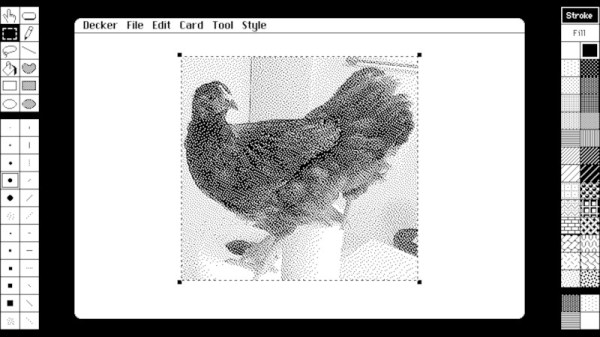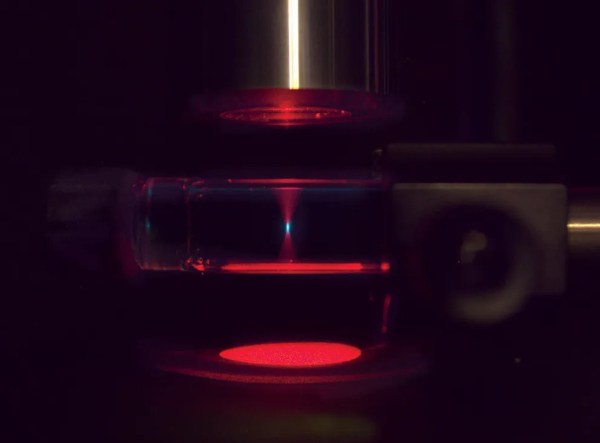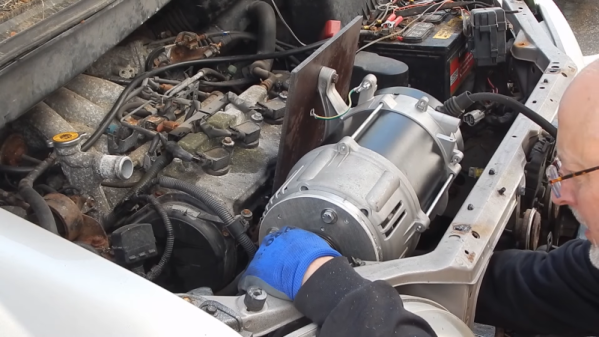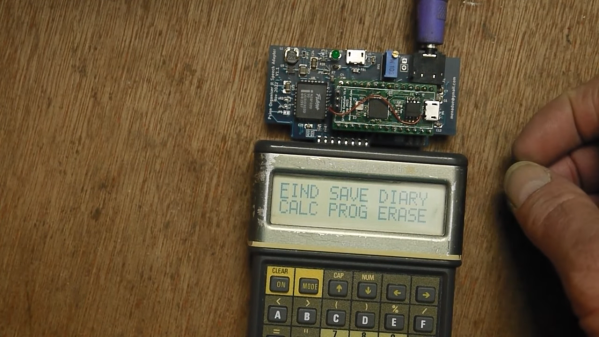[John Earnest]’s passion project Decker is creative software with a classic MacOS look (it’s not limited to running on Macs, however) for easily making and sharing interactive documents with sound, images, hypertext, scripted behavior, and more to allow making just about anything in a WYSIWYG manner.
Decker creates decks, which can be thought of as a stack of digital cards that link to one another. Each card in a deck can contain cozy 1-bit art, sound, interactive elements, scripted behavior, and a surprisingly large amount of other features.
Curious? Check out the Decker guided tour to get a peek at just what Decker is capable of. Then download it and prototype an idea, create a presentation, make a game, or just doodle some 1-bit art with nice tools. Continue reading “Decker Is The Cozy Retro Creative Engine You Didn’t Know You Needed”



















